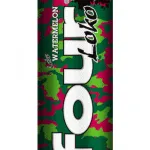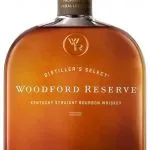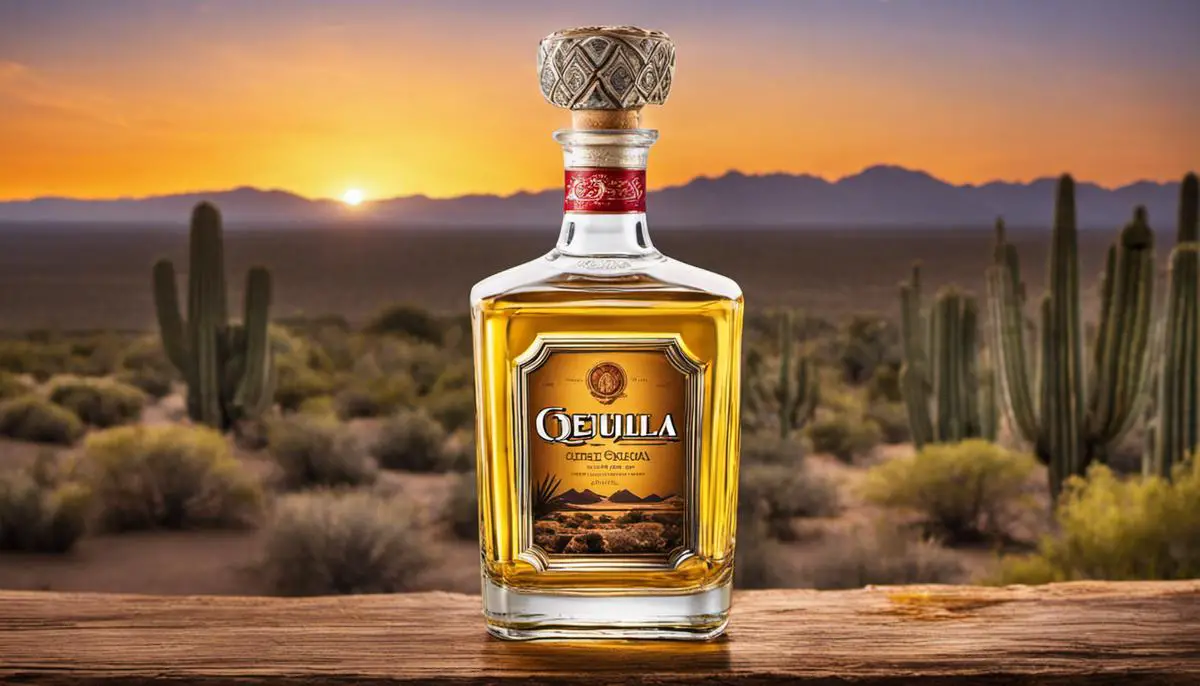Rich in history and bathed in cultural significance, tequila represents more than just a spirit; it is a symbol of Mexico’s heritage. Often reserved for celebrations, tequila is now playing a starring role in the world of fine spirits, with varieties such as Reposado and Añejo leading the charge. Whether you’re already a tequila enthusiast, or just starting your journey into this fascinating world, understanding the intricacies between these two types can enrich your appreciation for this traditional Mexican spirit. Our exploration starts from the heart of the blue agave plant, journeys through the aging process, savors the nuanced flavors, and emerges with a newfound understanding of two tequila titans: Reposado and Añejo.
Understanding Tequila
Understanding Tequila: Origins and Production
Tequila is a type of distilled spirit that originates from Mexico, more specifically from the area around the city of Tequila in the western state of Jalisco. It’s made from the blue agave plant, a succulent native to Mexico’s arid regions. This plant, known scientifically as Agave tequilana, is not a cactus as often mistaken, but actually belongs to the lily family. The core of the plant, or the piña, is harvested and then cooked to convert the starches into fermentable sugars.
Tequila Varieties
When it comes to the different varieties of tequila, there are several to choose from which range mainly by their aging process: blanco (white), reposado (rested), añejo (aged), and extra añejo (extra aged). Blanco tequila is not aged and retains the purest flavors of the blue agave. The aged tequilas, including reposado and añejo, undergo a period of maturation in oak barrels, which gives them their distinctive color and complex flavors.
Reposado Tequila
Reposado tequila is ‘rested’ for a period between two months and a year in oak barrels. This aging process allows the tequila to mellow and take on subtle wood flavors from the oak. Reposado tequilas are golden in color, and often possess a smoother taste compared to blanco tequilas. They tend to have flavors that are a blend of agave and wood, with notes of fruit, vanilla, and spices.
Añejo Tequila
Añejo tequila is ‘aged’ for a longer period, between one and three years in oak barrels. This extended aging process allows the tequila to develop a deeper golden color, as well as more complex flavors and a smoother finish. Añejo tequilas are full-bodied and often exhibit flavors of dried fruit, nuts, chocolate, and deep oak, making them ideal for sipping neat or on the rocks.
Extra Añejo Tequila
In addition to these, there is extra añejo tequila, which is aged for at least three years and offers an even richer, more sophisticated character. The process of aging tequila, whether it be reposado, añejo, or extra añejo, adds depth and complexity to the flavors of tequila and softens the fiery spirit, resulting in a smoother drinking experience.
To Sum It Up
Selecting whether to enjoy a reposado or an añejo truly hinges on your individual flavor affiliations. Reposado, known for its smooth and balanced blend of agave and wood flavors, could be your perfect choice if these taste notes appeal to you. On the other hand, if you have a palate for more intricate flavors and favor a rich, full-bodied tequila, opting for an añejo could be a wise decision.

Exploring Reposado Tequila
The Appeal of Reposado Tequila
Reposado Tequila stands out in the spirits realm, mainly because of its specific aging process. This “resting” stage lasts for, at minimum, two months and, at maximum, up to a year. The aging occurs in oak barrels, which lend Reposado Tequila its distinctive golden color and the unique flavor highly prized by tequila aficionados. However, this maturation period is shorter than that of anejo tequila, which benefits from an extensively longer spell in the barrel.
Aging Process of Reposado Tequila
The flavor nuances of Reposado tequila are mostly realized by the aging process. During this short maturation period, the tequila absorbs tannins from the wooden barrels and develops a smoother, more nuanced flavor profile compared to its white, unaged counterpart, Blanco Tequila. It’s worth mentioning that the barrels used to age Reposado Tequila are not always new; sometimes, previously used barrels from bourbon or wine are repurposed, which can add an extra layer of complexity to the flavor.
Exploration of Flavor and Aroma Profiles
When nosing and tasting Reposado Tequila, it offers a complex profile extending beyond the agave plant’s raw, earthy, and sometimes fiery spirit. The aging period replaces the piercing intensity of a blanco with a smoother, sweeter, and more sophisticated composition. Notes of honey, vanilla, and spice rumble beneath the still-present raw agave undertones, and one may detect a faint smoky or woody aroma as a gift from the oak barrel. It’s a heavier, richer experience, inviting sips and savoring instead of quick shots.
Reposado vs Añejo Tequila
In a head-to-head comparison with Añejo tequila, reposado is often viewed as a middle child, with its flavors being more developed than a blanco but less so than an añejo. The primary difference between the two rests in the length of maturation. By law, añejo tequilas must be aged for at least a year but not more than three years. This extended period in the barrel imparts a deeper color, a more pronounced oak flavor, and an overall complexity that nudges it closer to a sipping spirit, like cognac or a fine whiskey.
Renowned Reposado Brands
Numerous labels stand out on the global market, offering high-quality Reposado Tequila. Some notable brands include Patrón, Casa Noble, and Don Julio, which have been recognized for balancing the raw sensation of the agave with the refined complexity introduced by aging. These brands, among others, have helped shape Reposado’s reputation as a versatile spirit, ideal for both mixed drinks and sipping.
Reposado Tequila, as compared to its types of tequila, exhibits immense intricacy and depth. The aging procedure, coupled with its distinctive taste and fragrance, make it an unmatched drinking experience for tequila lovers globally. When pitted against Añejo Tequila, the diverse aging process and taste profile of Reposado paints a vivid narrative within the sprit industry.
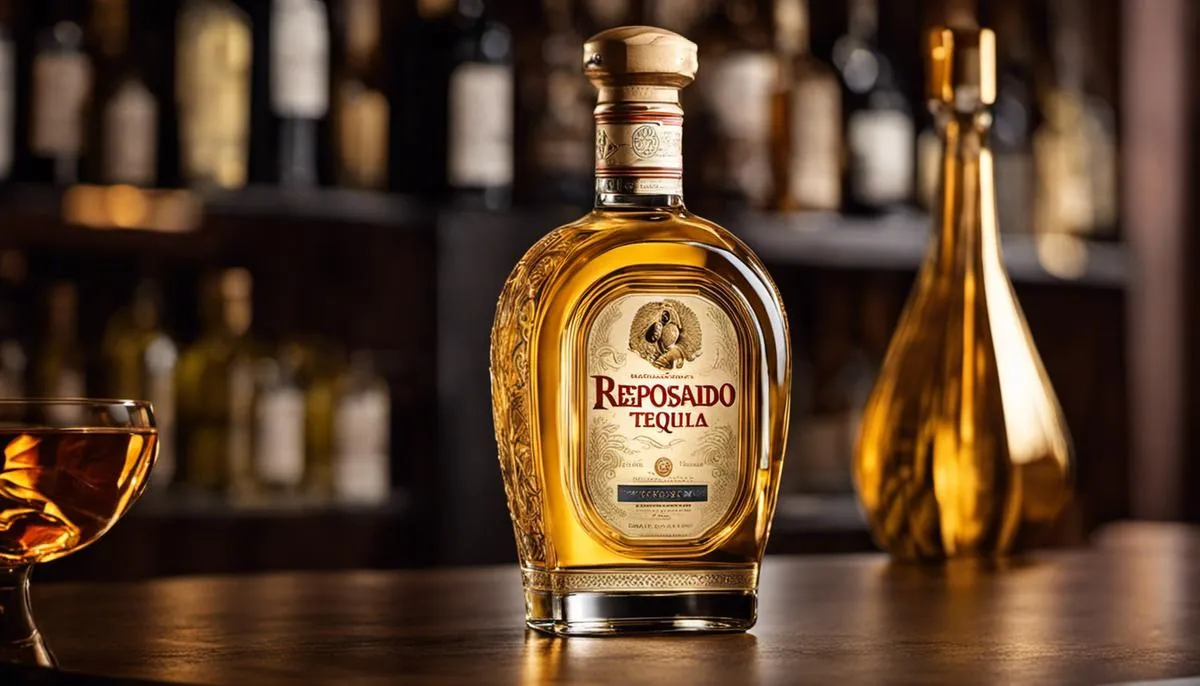
Unraveling Añejo Tequila
The Aging Process of Añejo Tequila
In Spanish, “Añejo” translates to “old”, representing a category of tequila that has been aged between one and three years. The aging process is conducted in sealed containers sanctioned by the government, with each barrel hosting no more than 600 liters of tequila. It’s common for these barrels to have previously housed other alcoholic beverages like whiskey or wine, lending distinct flavoring to the añejo tequila. These barrels can be utilized a maximum of three times, which assists in assuring each añejo tequila batch retains its unique lifespan and taste.
Flavors and Aromas of Añejo Tequila
After spending at least one year in a barrel, Añejo tequila emanates complex flavors and aromas. The flavors are governed by the type of barrel used for aging, with nuances of the wood coalescing with the native agave flavor to create a rich cocktail of tastes. Common flavors may include a deep agave core enriched with notes of caramel, smoke, vanilla, and cocoa. As for the aroma, rich scents of dried fruits, toffee, almond, and even slight floral hints can often be detected.
Comparing Añejo and Reposado Tequila
In comparison, Reposado tequila is aged for a shorter period of time, anywhere from two months to less than a year. Hence, the flavor spectrum of Reposado tequila is generally not as complex, rich, or deep as those of añejo. The aging process in Reposado tequila typically brings out notes of agave, oak, and spice flavors, with a smoother, more luscious finish than its Blanco counterparts. Though both types are enjoyed by tequila aficionados, Añejo, due to its long aging process, is generally perceived as more of a sipping tequila, savored slowly to appreciate its complexity, while Reposado can be consumed neat, on the rocks, or used in cocktails.
Exploring the Exquisite World of Añejo Tequila
With a vibrant selection of distinguished brands, the Añejo tequila category truly presents an adventure in tasting for everyone, from beginners to seasoned tequila enthusiasts. Brands like Don Julio Añejo Tequila are celebrated for complex blends of flavors ranging from tangy citrus to fruity notes. Another crowd favorite is Herradura Añejo Tequila, cherished for its mélange of baked agave, dried fruits, and toasted oak flavors that culminates in a long, warm spicy finish with hints of nutmeg. Other unforgettable tasting experiences can found in tequilas like Espolon Añejo, with its tropical fruit, vanilla, and intense caramel notes, and Patron Añejo Tequila, presenting captivating layers of light agave, honey, and fruitiness, balanced by deeper tones of vanilla, raisin, and a touch of ginger spice. The captivating world of Añejo tequila awaits those who are eager to embark on a flavorful journey.

Comparing Reposado and Añejo
The Beauty of Reposado Tequila
The category of Reposado, meaning ‘rested’ in Spanish, offers a different but equally rewarding exploration of tequila. Reposado tequilas are matured in oak barrels for a period of two months to one year. This carefully monitored resting period allows the raw, fresh flavors of the tequila to evolve and soften. The outcome is a mellow, golden-hued tequila with a smooth and harmonious taste, less severe than its Blanco or un-aged counterparts. The time spent aging has a substantial influence on the tequila’s final profile, with shorter periods introducing a lighter, less complex flavor while longer maturing times yield a deeper and more intricate taste experience. Reposado tequila is a perfect choice for those looking to discover the rich spectrum of flavors this rested spirit has to offer.
What is Añejo Tequila?
Añejo tequila, which translates to “old” or “vintage” is tequila that has been aged for a minimum of one year to a maximum of three years. This prolonged aging process in white oak barrels allows the tequila to take on a much deeper amber color and an even more refined flavor profile than reposado. The taste is often smoother, richer, and more complex, with traces of the oak barrel becoming more noticeable.
Taste Comparisons
When it comes to taste, reposado tequila offers a pleasant balance between the raw agave flavor and the subtler wood notes introduced by the aging process. You’ll detect hints of honey and vanilla, underlining the agave’s inherent sweetness while smoothening the spirit’s fiery kick.
On the other hand, añejo tequila’s extensive aging yields a more pronounced woody flavor, masking the freshness of agave to a certain degree. It’s characterized by a smoother, deeper taste with pronounced notes of dried fruits, spices, and even chocolate or tobacco, lending it a certain similarity to aged whiskeys or cognac.
Color Differences
The color of reposado tequila is often a light, golden hue due to its relatively short aging period. The longer a tequila is aged, the darker its color will be. Thus, añejo tequila tends to acquire a deeper amber shade, resembling a fine whiskey or bourbon in appearance.
Aging Process
Both reposado and añejo tequilas undergo an aging process in oak barrels. However, añejo tequila is given a longer time to mature, which influences its taste, color, and overall character. Reposado is left to age for a period between two months and a year, while añejo varieties mature for at least a year and can go up to three years. This longer aging period allows the añejo tequila to soak up more of the oak wood character.
Price Points
Given the extended aging process and the resulting refined flavor profiles, añejo tequilas are generally more expensive than reposado tequilas. However, price varies greatly depending on the brand, distillation process, and quality of the spirits.
Best Ways to Enjoy
Reposado tequila is quite versatile and can be enjoyed in a variety of ways. It can be sipped neat, on the rocks, or even used in premium cocktails where its balanced flavor can shine through.
In contrast, due to its complex flavor profile, añejo tequila is traditionally savored neat or on the rocks, similar to a fine whiskey or cognac, to fully appreciate its depth of character. It can also be used in high-end cocktails but is more commonly served by itself to be savored slowly.
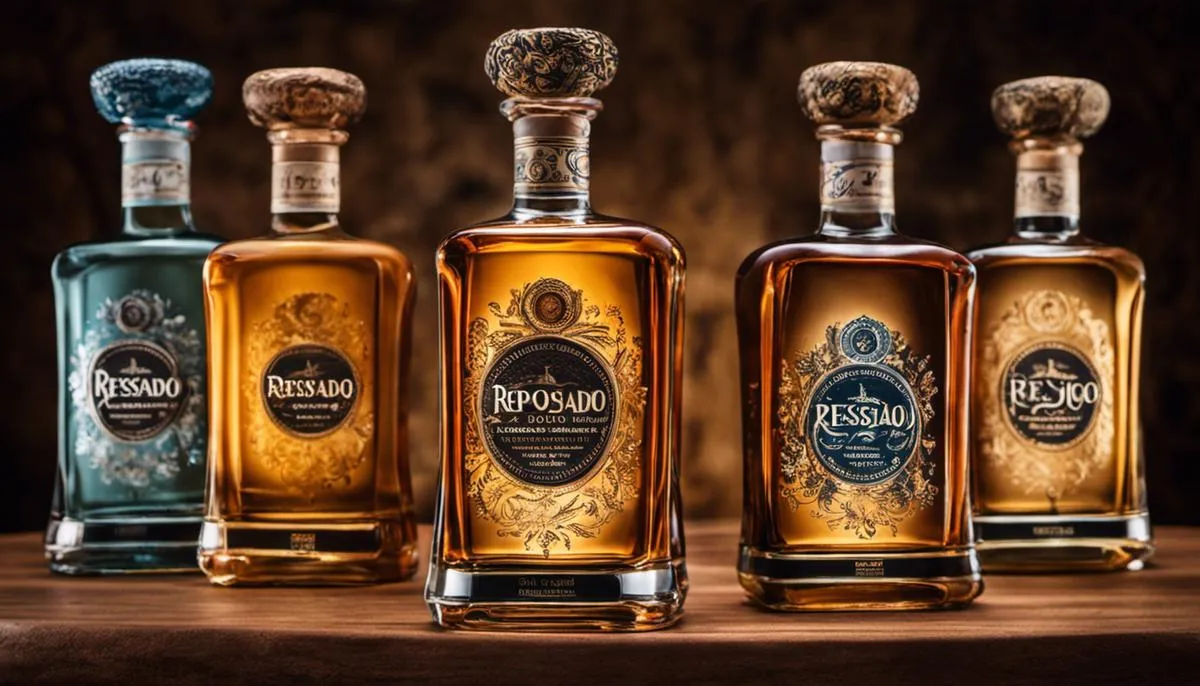
Every sip of tequila tells a ticketed tale of the blue agave, the Mexican heartland, and the meticulous art of distillation. As we delve deeper into Reposado and Añejo tequilas, we uncover a detailed narrative—one where time, oak, and patience interplay to create spirits rich in character, depth, and complexity. The shades of difference between Reposado and Añejo are not merely about age, but about the transformation they undergo during those precious months in the barrel. Whether you lean towards the youthful vibrancy of Reposado or the mature sophistication of Añejo is all part of the personal exploration process. Ultimately, both represent the skilled craftsmanship of tequileros and the timeless allure of Mexico’s national drink.

